The Benefits of Green CO2 Produced from Anaerobic Digestion
In our continuous journey towards a more sustainable future, the innovation of green CO2 production through anaerobic digestion emerges as a beacon of environmental responsibility and technological advancement. This blog delves into the multifaceted benefits of green CO2, a by-product of the anaerobic digestion process, and how it's reshaping industries by offering a sustainable alternative to traditional CO2 sources.
The Process of Producing Green CO2
In anaerobic digestion plants, the CO2 component of biogas, traditionally considered a residual product, is captured and recycled. This innovative step in the process enhances the sustainability credentials of biogas production, turning what was once waste into a valuable resource with vast potential applications across various industries.
The Environmental and Industrial Advantages of Green CO2
The production of green CO2 through anaerobic digestion is not just a technological marvel; it's an eco-friendly solution that offers both environmental and industrial benefits, aligning with global sustainability goals and the increasing demand for green products.
More Sustainable and Reliable
Green CO2 stands out for its sustainability and supply reliability. Unlike fossil fuels, which are finite and increasingly scrutinised due to their environmental impact, green CO2 is derived from renewable sources like animal waste, crops, and food waste. Anaerobic digestion facilities ensure a consistent production of CO2, circumventing the unpredictability and environmental degradation associated with fossil fuel extraction.
Reduced Impact on the Climate
Converting separated CO2 emissions from anaerobic digestion into a liquified commodity not only minimises its environmental impact but also propels the producing plant towards a carbon-negative status. This transformation is crucial in the global effort to combat climate change and reduce greenhouse gas emissions.
Displacement of Fossil Fuels
The move towards green CO2 is a significant stride in displacing fossil fuels, offering industries and consumers a sustainable choice. As the market increasingly values green credentials, the transition to green CO2 aligns with the growing consumer demand for environmentally responsible products and practices.
Versatility of Applications
Green CO2 is versatile and can seamlessly replace fossil-derived CO2 in various applications. Its interchangeability ensures that industries such as food and beverage, agriculture, and manufacturing can adopt green CO2 without compromising on quality or reliability.
Cost-Effectiveness
In a landscape where the costs of energy and fossil fuels are escalating, green CO2 presents an economically viable alternative. The production of CO2 through anaerobic digestion is not only environmentally sustainable but also cost-effective, allowing businesses to make viable financial decisions that align with sustainability goals.
The Role of Anaerobic Digestion in the UK's Green Future
Anaerobic digestion technology, and the resultant production of green CO2, plays a pivotal role in the UK's sustainability agenda. With a growing number of anaerobic digestion plants across the nation, the UK is at the forefront of integrating this green technology into its environmental strategy.
Anaerobic Digestion Plants in the UK
The UK's commitment to reducing carbon emissions and promoting renewable energy is evident in its investment in anaerobic digestion plants. These facilities not only contribute to the production of green CO2 but also bolster the UK's position as a leader in sustainable technology and green energy solutions.
Supporting Policies and Incentives
The UK government's support in the form of incentives, grants, and policies for anaerobic digestion projects underscores the nation's dedication to environmental sustainability. These measures facilitate innovation, encourage the adoption of green CO2, and position the UK as a model for other countries striving for a sustainable future.
Overcoming Challenges and Looking Ahead
While the benefits of green CO2 and anaerobic digestion are clear, the journey towards widespread adoption is not without challenges. Issues such as feedstock contamination, operational costs, and the need for technological advancements are areas of focus as we strive to fully harness the potential of this green technology.
The Future of Anaerobic Digestion and Green CO2
The future of anaerobic digestion and green CO2 is bright, with ongoing research and innovation aimed at enhancing efficiency and expanding applications. As we navigate the challenges and harness the opportunities, the potential of green CO2 to contribute to a more sustainable and environmentally responsible world is immense.
Conclusion
Green CO2 production through anaerobic digestion represents a significant leap forward in our collective effort to create a sustainable, eco-friendly future. By embracing this technology, industries can reduce their carbon footprint, contribute to a circular economy, and pave the way for innovative, green solutions. As we continue to explore and innovate within this field, the role of green CO2 in achieving our environmental goals becomes increasingly vital, marking a crucial step towards a greener and more sustainable future.
